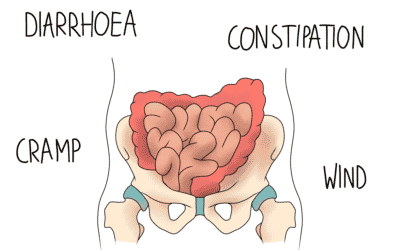Pregnancy is a short period of time in which a lot changes. Hormones begin to alter the physiology of the whole body from the first trimester, relaxing ligaments and encouraging fluid retention. Organs move and the posture changes as the bump grows, and aches and pains are not unexpected. However- they are not all unavoidable.
Lower Back and Leg Pain
The combined effect of increased joint mobility and a growing bump is high demand on the back of the body. In terms of muscles, this can mean aching hamstrings, calves, buttocks, and lower back muscles. Joints can be painful in the front and back of the pelvis, and in the lower spine. Sometimes tightness through one of the buttock muscles can irritate the sciatic nerve. This causes sciatica, or more specifically “piriformis syndrome”. Releasing tension in the muscle reduces nerve irritation and can put a stop to your discomfort.
Leading on from leg pain, muscle cramps are particularly prevalent during pregnancy. The reasons are not entirely understood, but calf cramps, especially at night, peak in the third trimester. Osteopaths can help to manage cramps using exercises and soft tissue work to reduce tension. These methods may help to reduce the frequency or intensity of cramping. Exercises can also be utilised when a cramp happens. There may be links between cramps and hydration, so make sure you drink plenty of water throughout pregnancy.
Severe symptoms in the front of the pelvis might be a sign of SPD (Symphysis Published Dysfunction). When left untreated, this can result in the need for crutches, or limited movement in birth. You may find that osteopathic treatment on the local joints and muscles can provide some relief.
The Diaphragm in Pregnancy
The diaphragm is a muscle that sits at the bottom of the rib cage, separating the lungs from the abdominal organs. Its main role is in breathing, but it also helps form an anti-reflux barrier by supporting the sphincter at the top of the stomach. Reflux is another issue that can be brought on or exacerbated by pregnancy. Avoiding eating too much in one go, or laying down immediately after a big meal can help.
In the third trimester, the diaphragm is under unusual demands. It may be difficult to take a deep breath, and reflux symptoms may be significant. When the diaphragm is unhappy, you might also develop aches and pains in the upper back, shoulders, and neck. These discomforts can be associated with headaches too. Treatment is different to when symptoms are caused by stress or anxiety, but we may be able to provide some relief in the lead up to birth.
Migraine
Hormonal changes can affect migraines. Puberty, pregnancy, and menopause can be the trigger for migraines, but some people find that these milestones come with a reduction of symptoms. Osteopaths can help to manage migraines, and you can read more on that topic here. Manual therapy has been shown to have a better effect than some medications, which is good news when pregnancy is a contraindication for so many medicines.
Click here to make an appointment in Horley or Crawley.




















